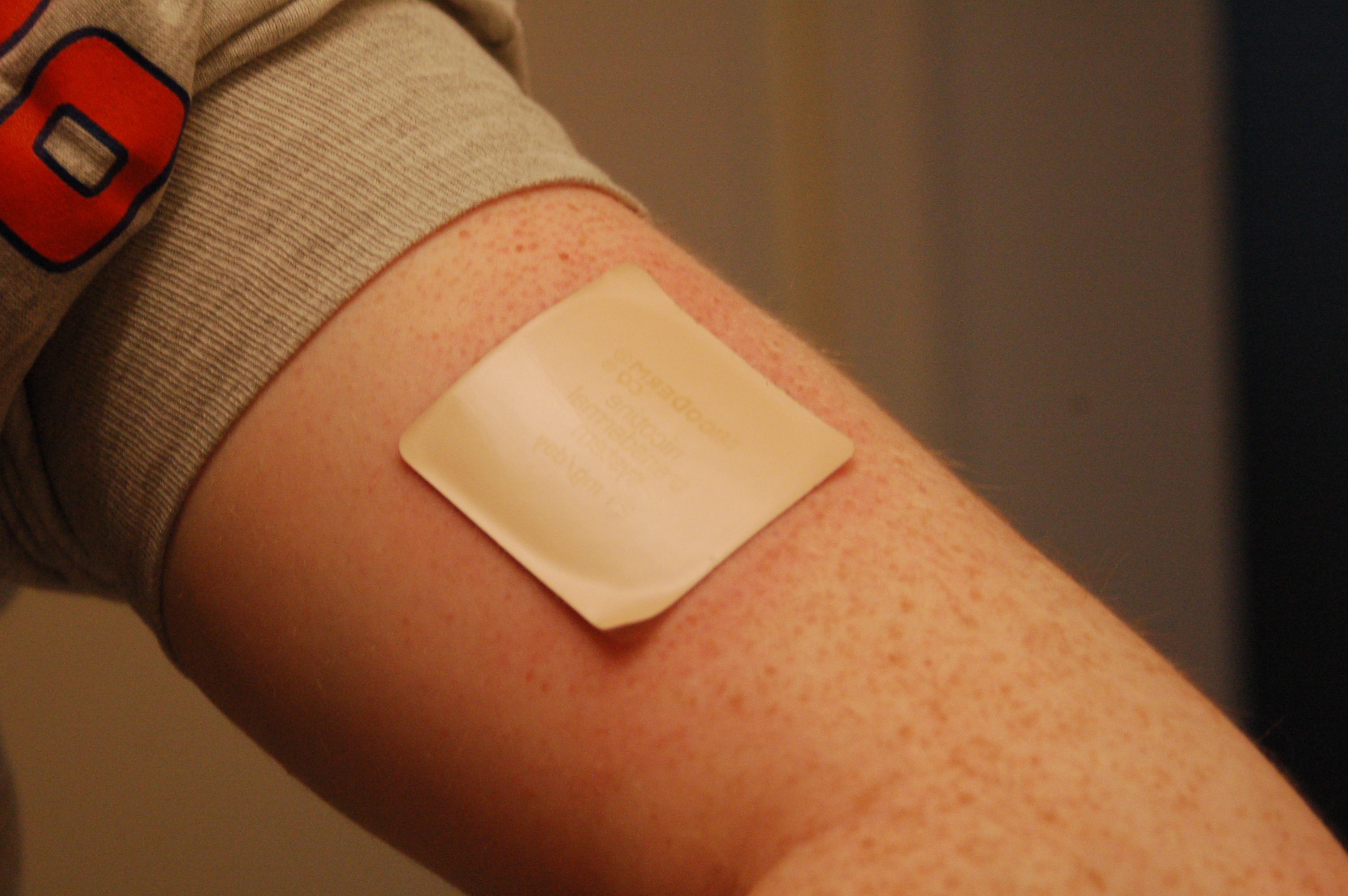In 2010, diabetes was determined to be the seventh leading cause of death for individuals in the United States. With the prevalence of obesity due to overconsumption of fast food and sugary diets, diabetes has become a growing problem for people of all ages. For those individuals with type II diabetes, setting limits and guidelines on the amount of food and food type they consume along with increasing exercise can help deal with some of the problems associated with the disease. However, individuals with type 1 diabetes, in which the body fails to produce the insulin needed to maintain appropriate blood sugar levels, common treatments include self-administered injections of insulin or an insulin pump that automatically administers doses throughout the day.
In an effort to further simplify the administration of insulin for individuals with type 1 diabetes, researchers have recently developed a so-called “smart insulin patch” designed to replace the troublesome injections. These patches are bristle-like and composed of a hundred small microneedles. Each microneedle helps deliver the dosage of insulin that was previously administered through a single injection. What makes these patches “smart” is the special glucose-dependent delivery system that resembles the function of the pancreas when delivering insulin. Enzymes in the patch called glucose-responsive vesicles (GRVs) sense levels of glucose in the bloodstream. When levels are high, these vesicles are prompted to break apart and release the insulin.
The developers have already tested these smart patches on mice with type 1 diabetes. The results demonstrated the effectiveness of the patches in releasing insulin when high levels of glucose were detected. Although the “smart” portion of this patch is an innovative development for diabetes treatment, there has also been research conducted on developing similar insulin patches without the ability to sense glucose levels. In 2013, a study examined the effectiveness of insulin patches that were composed of similar microneedles and formed from dissolvable polymers. When these patches were administered, the insulin was successfully absorbed through the skin.
With the development of these new and improved insulin patches, individuals suffering from diabetes have a new way to dispense their daily doses of insulin. The smart patches offer an easy, pain-free alternative to insulin injections and pumps while monitoring glucose levels and maintaining dosage schedules. For many, this insulin patch does not merely add to the treatments available for diabetes, but also offers an alternative that is noninvasive, quick, and manageable.
Feature Image Source: No machine-readable author provided. RegBarc assumed (based on copyright claims).










